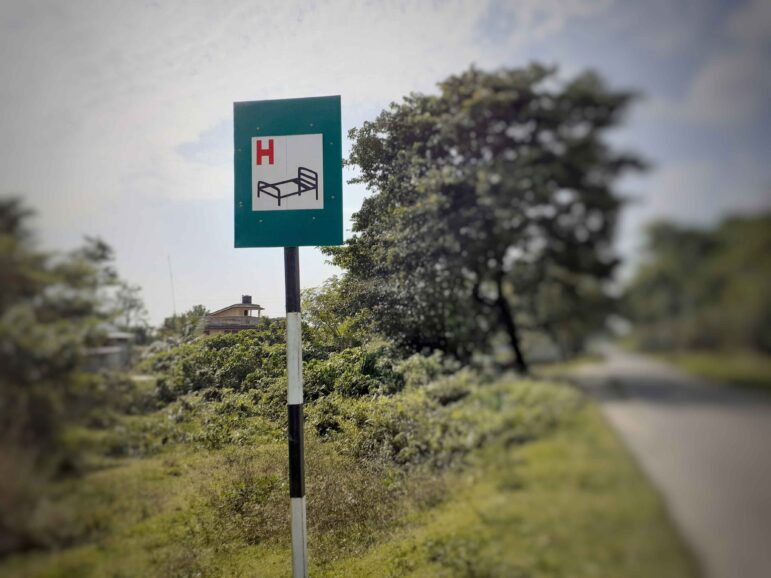Many rural hospitals are struggling financially, especially in the pandemic. Hospitals lost an estimated 70% of their expected income due to patients avoiding the emergency room, doctor’s appointments, and elective surgeries in the early months of Covid-19. This was a major impetus for the Centers for Medicare and Medicaid Services (CMS) is to launch a new payment model for rural hospitals: the Community Health Access and Rural Transformation (CHART) Model.
This voluntary pilot is designed to increase financial stability and community health involvement by providing upfront capitated (lump sum) payments for hospital inpatient and outpatient care. The idea is that by paying a set amount per patient, rather than fee-for-service, rural hospitals will be able to reduce their regulatory burden and address the social determinants of health without increasing their financial risk.
However, health policy experts have some concerns about the CHART model: 1) The capitated payment is too small to cover the cost of health care services, which could accelerate closures of rural hospitals, and 2) The model does not go far enough to replace fee-for-service payments.
In a recent report, Harold D. Miller, professor of Public Policy at Carnegie Mellon University and president of the Center for Healthcare Quality and Payment Reform, notes that under the CHART model, rural hospitals would be paid less for services than under current payment systems, the payment reductions would increase over time, and payments would be reduced if the population of the community decreases.
The lower payment rate is purposeful, since one of the goals of the CHART model is to reduce health care spending. Models like CHART have saved the government money by lowering their benchmark rates year after year. This makes some rural hospitals wary about “an unsustainable ‘race to the bottom’ for target prices and benchmarks,” writes Chad Mulvaney, director of Healthcare Finance Policy at the Healthcare Financial Management Association.
The dependence on population to maintain payment levels is also concerning to rural hospital leaders. “Any model that uses rural area population in determining payment seems likely to harm rural hospitals, as our communities shrink due to the aging of the population,” said David L. Schreiner, FASCP, President and CEO of Katherine Shaw Bethea Hospital, a small nonprofit hospital in Dixon, Illinois.
Although the CHART model is supposed to discourage overuse by replacing a fee-for-service payment with a capitated payment, Miller is skeptical. That’s because the capitated payment amount applies to inpatient and outpatient hospital services, but many other services (physician services, home health care, hospice, ambulances, and inpatient rehabilitation) will still be fee-for-service. Given that hospitals will still receive fee-for-service payments from private insurers, Miller estimates that less than half of the hospital’s revenues would be through capitated payments. That’s not a very strong incentive to reduce unnecessary services.
There are some positives: The CHART model has the potential to reduce regulatory burden on rural hospitals, and could lead to more innovative delivery systems. Moving away from fee-for-service is a welcome change as well, as many primary care doctors in rural areas are finding the fee-for-service system untenable in the pandemic. Although it is great to see payment models that move hospital payments away from fee-for-service, the CHART model may not go far enough in shifting toward value-based care, nor does it adequately support rural hospitals financially.
There are still specifics of the plan that have yet to be fleshed out, which could make it more or less helpful for rural hospitals. (For example, CMS has not clarified whether or not 2019-2020 volume data will be used or how it will be adjusted given the pandemic.) “When considering federal payment mechanisms like the CHART model, the devil is in the details,” said Schreiner.
